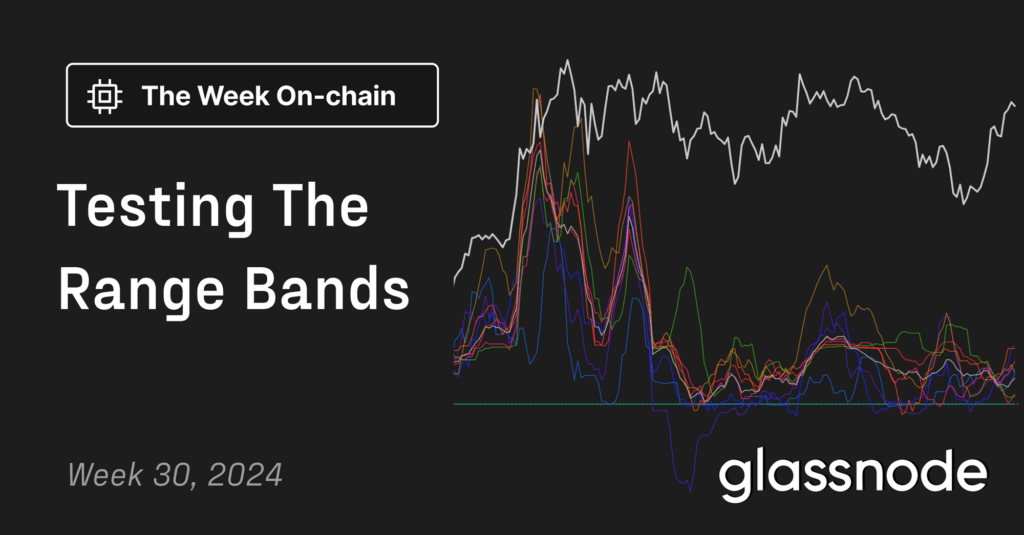Research Summary
The report discusses the ATOR Protocol, a project aimed at enhancing digital privacy through a globally distributed relay network. The protocol rewards participants with ATOR tokens for contributing resources like bandwidth and computing power. ATOR is building the largest DePin anonymity network, serving as a foundational middleware layer that provides privacy for all applications built on it.
Key Takeaways
ATOR’s Vision and Mission
- Enhancing Digital Privacy: ATOR Protocol is designed to improve digital privacy by integrating mainstream web services anonymously. It aims to build the largest DePin anonymity network, providing privacy for all applications built on it.
- ATOR Relay: ATOR offers a user-friendly, low-powered computing device called the ATOR Relay, which allows individuals to contribute to the network and earn ATOR tokens passively.
ATOR’s Divergence from Tor
- Centralization Issues: After the Tor team disconnected 2000 ATOR-integrated relays without warning, ATOR decided to develop its own Peer-to-Peer (P2P) routing network to address centralization issues.
- Decentralized Governance: ATOR’s new network will have decentralized governance, with directory authorities staking ATOR tokens for decision-making, and consensus mechanisms for bandwidth measurements and network decisions.
ATOR’s Incentive Model and Tokenomics
- Incentive Model: ATOR introduces an incentive model for relay operators, offering rewards for participation to ensure a robust and high-performance network.
- Tokenomics: The ATOR token is based on blockchain technology, ensuring transparency and security, and employs a Proof-of-Uptime mechanism to reward active network contributors.
ATOR’s Partnerships and Community
- Partnerships: ATOR’s development has been bolstered by a partnership with the Forte Group, a prestigious software house with a history of successful projects for Fortune 500 companies.
- Community: ATOR token holders have governance rights, allowing them to double stake for voting rights, influence relay reward allocation, determine incentives, and self-moderate the network against malicious actors.
ATOR’s Future Plans
- 2024 Roadmap: ATOR’s roadmap for 2024 includes the launch of an MVP for its anonymous routing network, with Linux packages for relay software, basic directory authorities, and a metrics collection system.
- Decentralized Directory Authorities: A breakthrough for ATOR is the development of decentralized directory authorities, which autonomously onboard and have a unique reward system, addressing issues that have plagued Tor for over a decade.
Actionable Insights
- Explore the Potential of ATOR: Given ATOR’s vision of enhancing digital privacy and its robust incentive model, it may be worthwhile to explore the potential of this protocol and its impact on the digital privacy landscape.
- Consider the Implications of ATOR’s Divergence from Tor: ATOR’s decision to develop its own P2P routing network in response to Tor’s centralized control could have significant implications for the future of digital privacy and decentralized networks.
- Monitor ATOR’s Future Developments: With ATOR’s ambitious roadmap for 2024, including the launch of an MVP for its anonymous routing network, it would be beneficial to monitor the protocol’s future developments and their potential impact on the digital privacy landscape.












